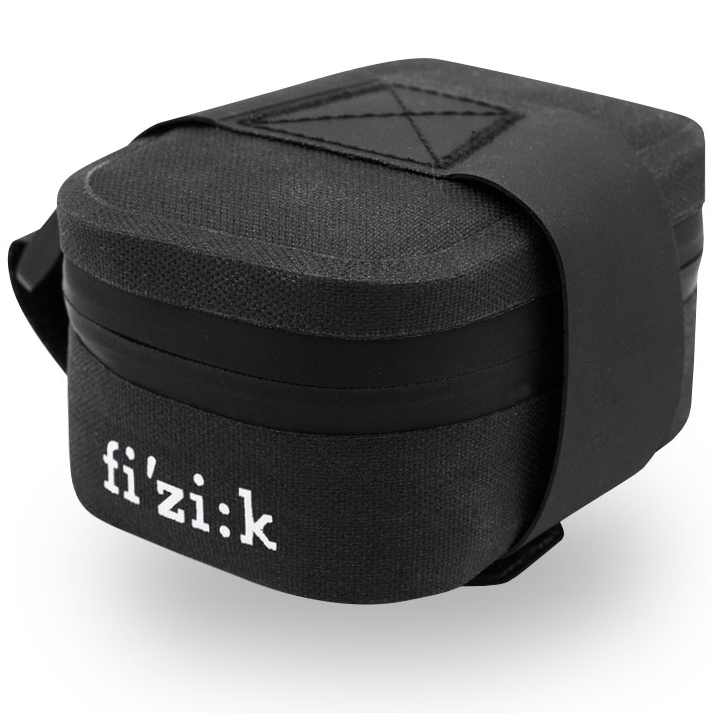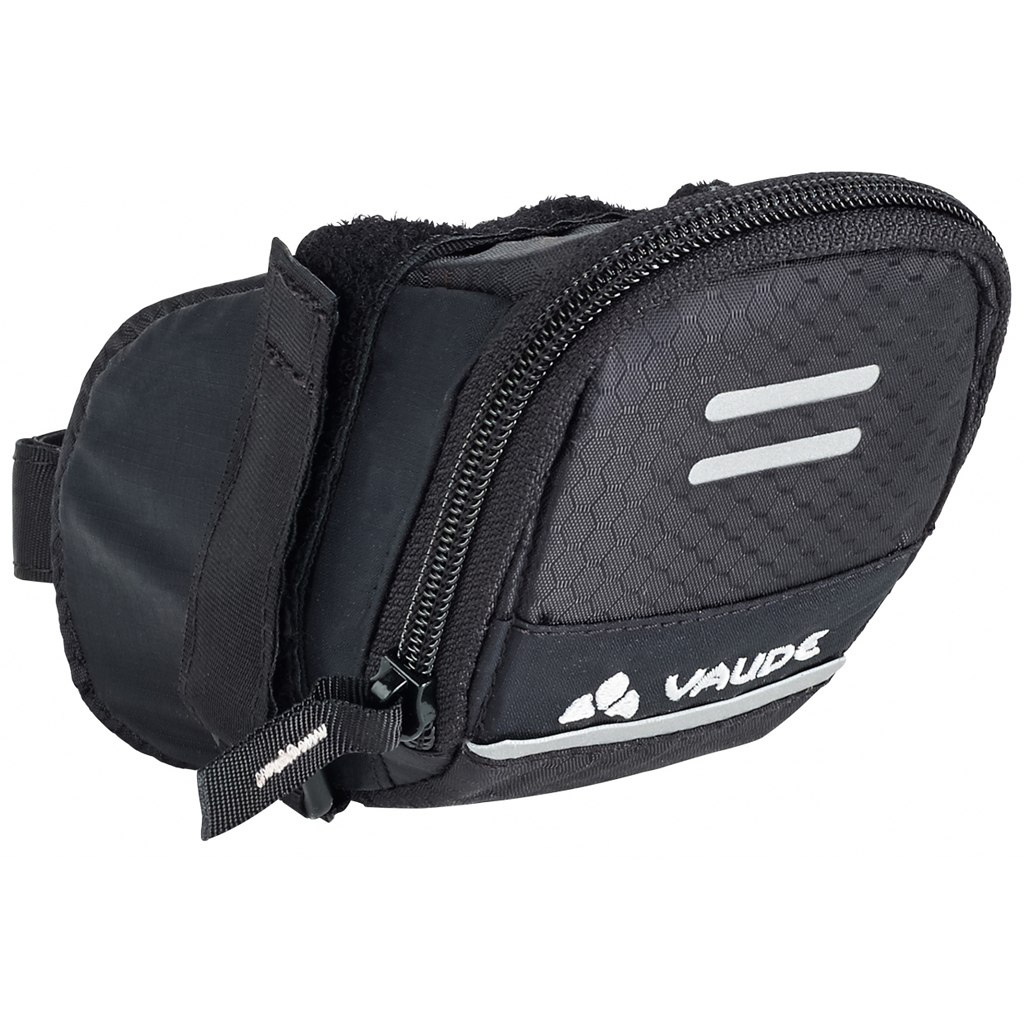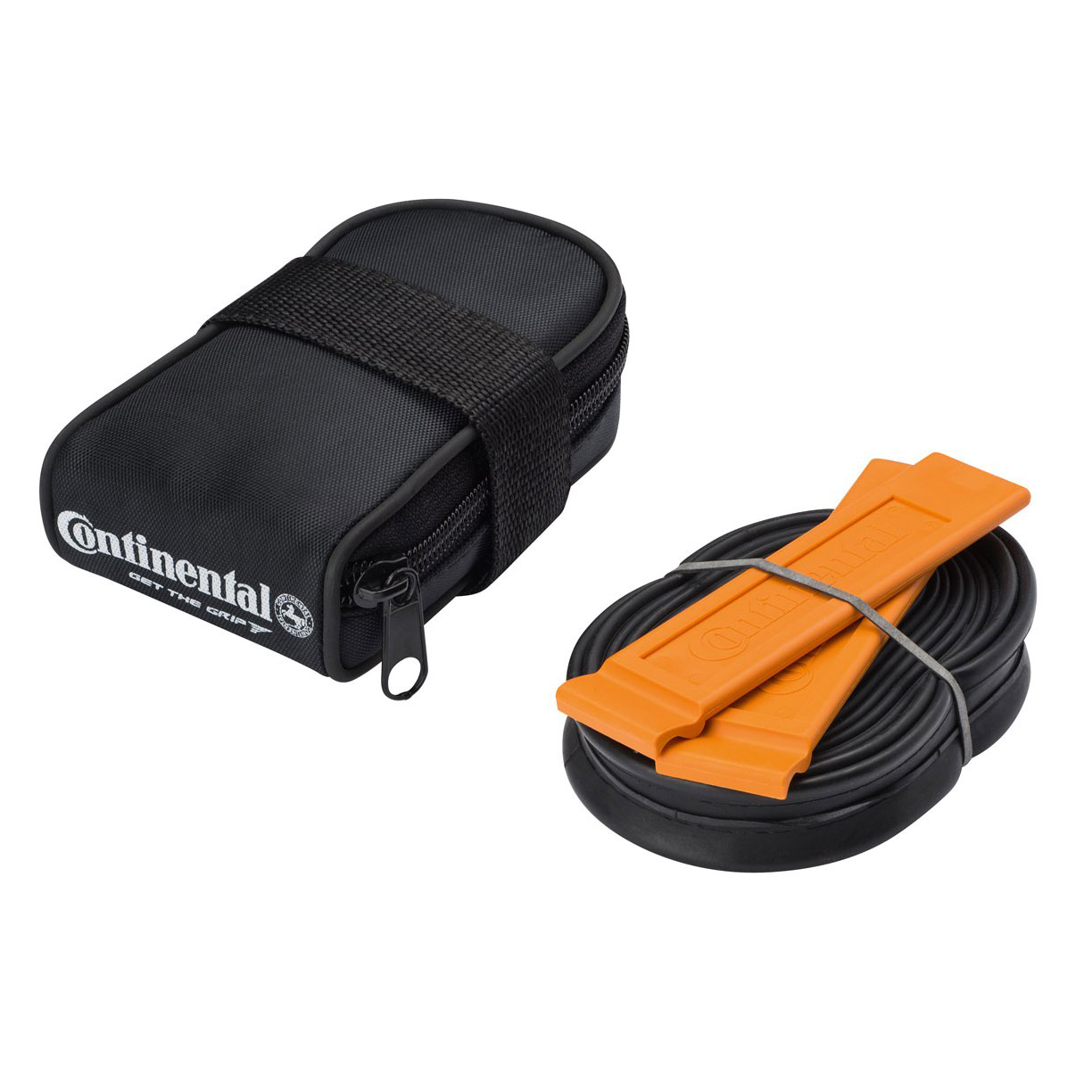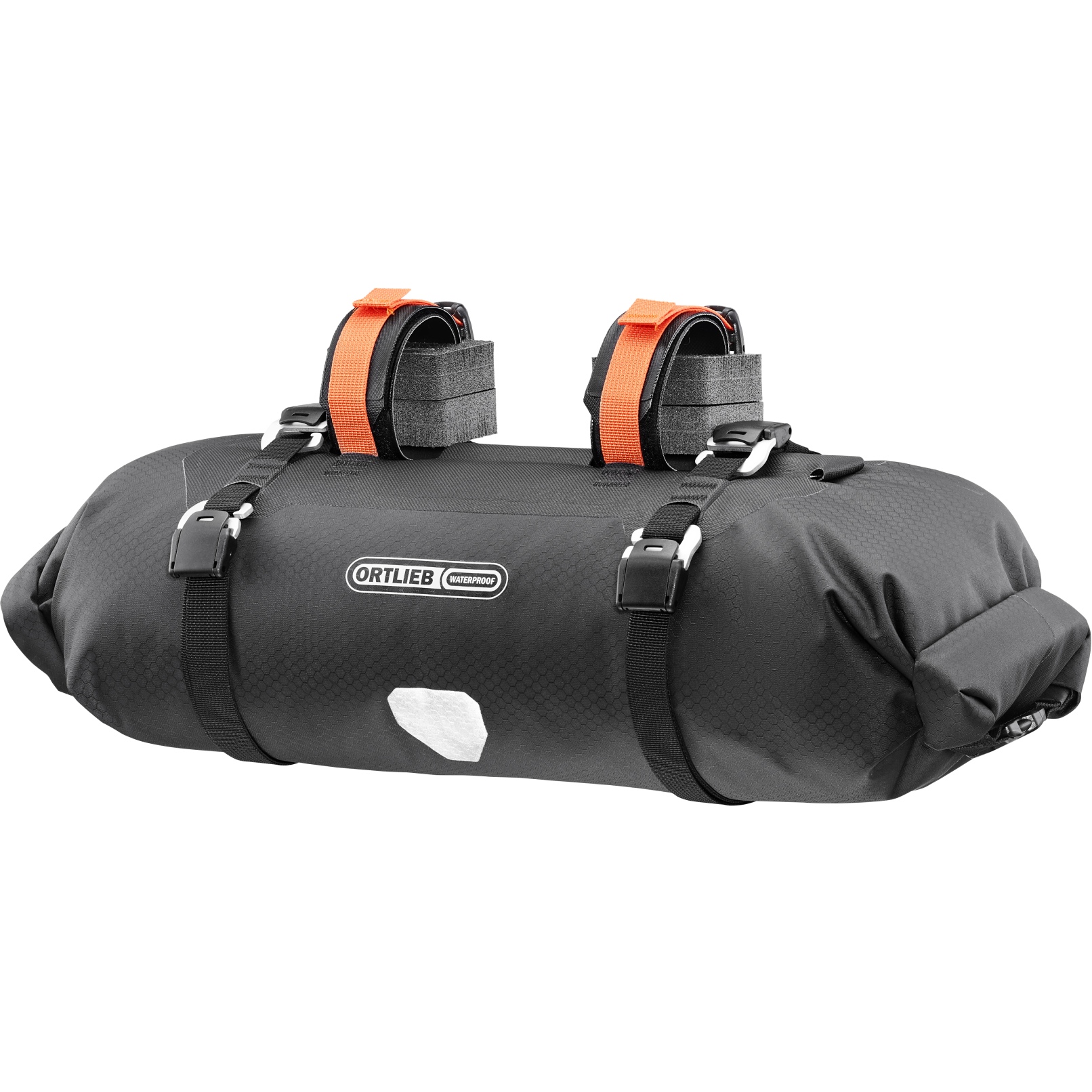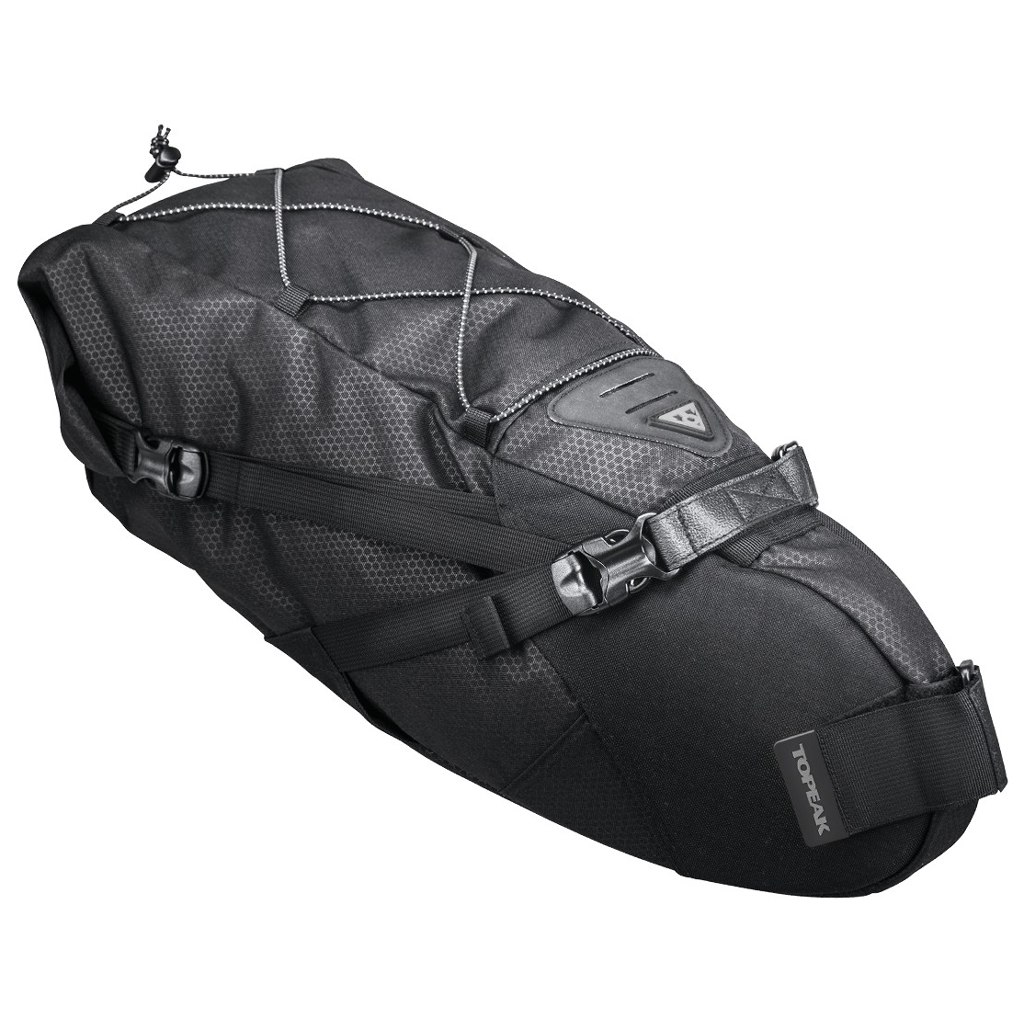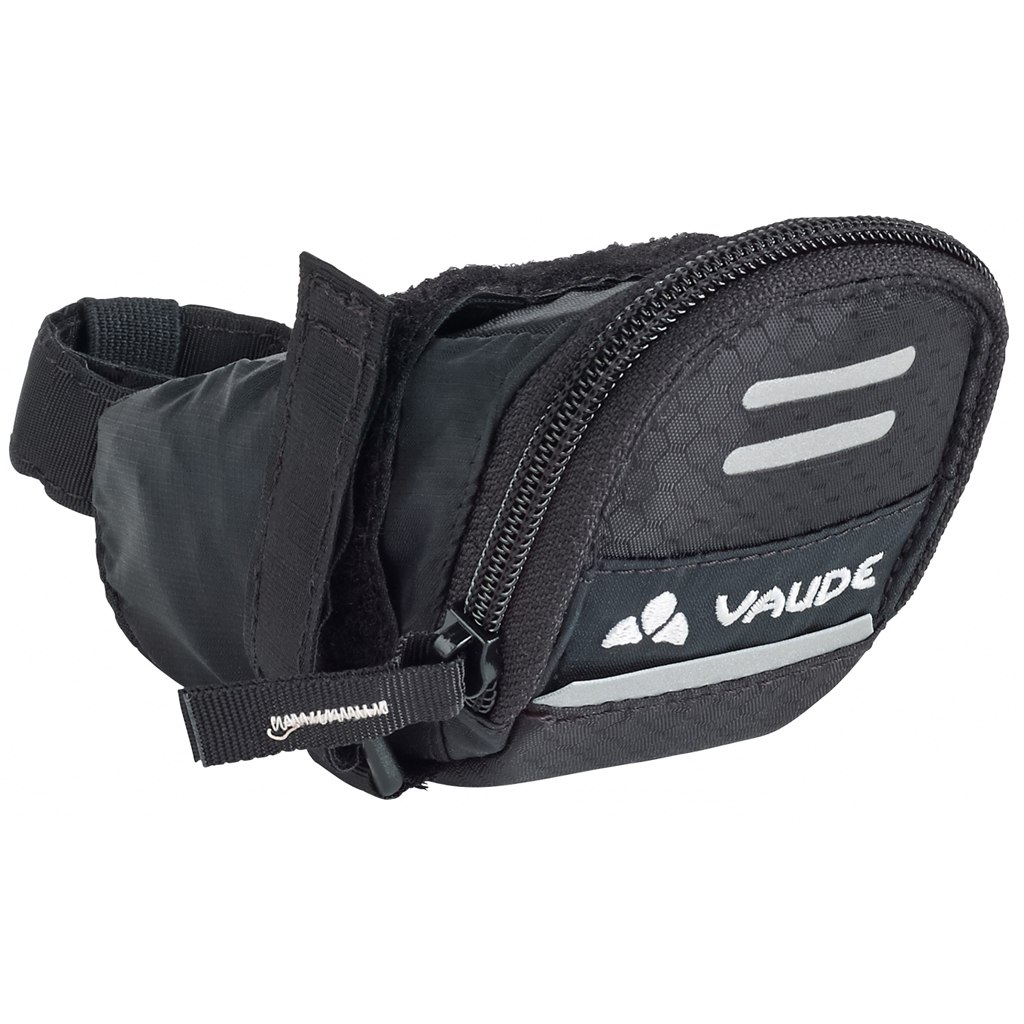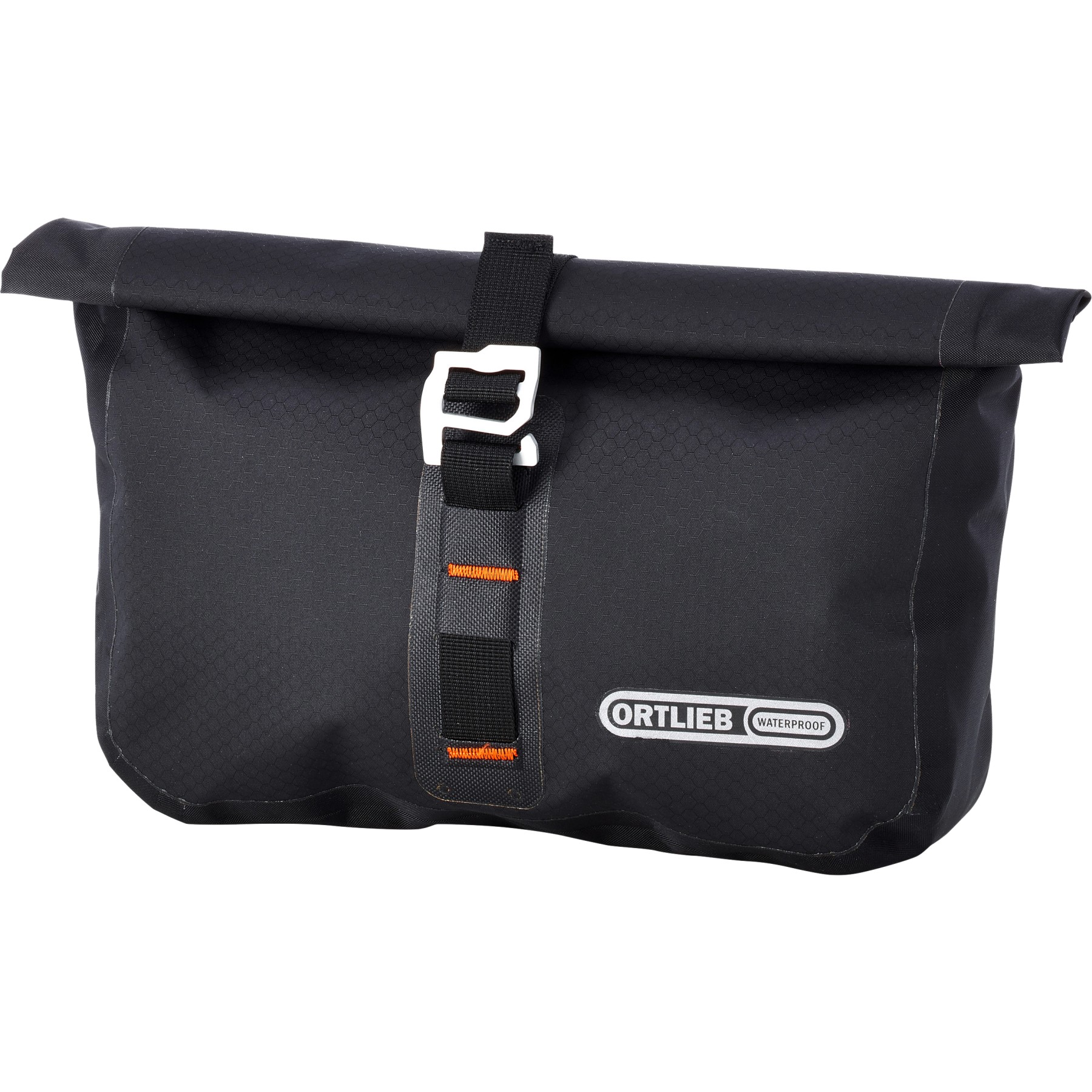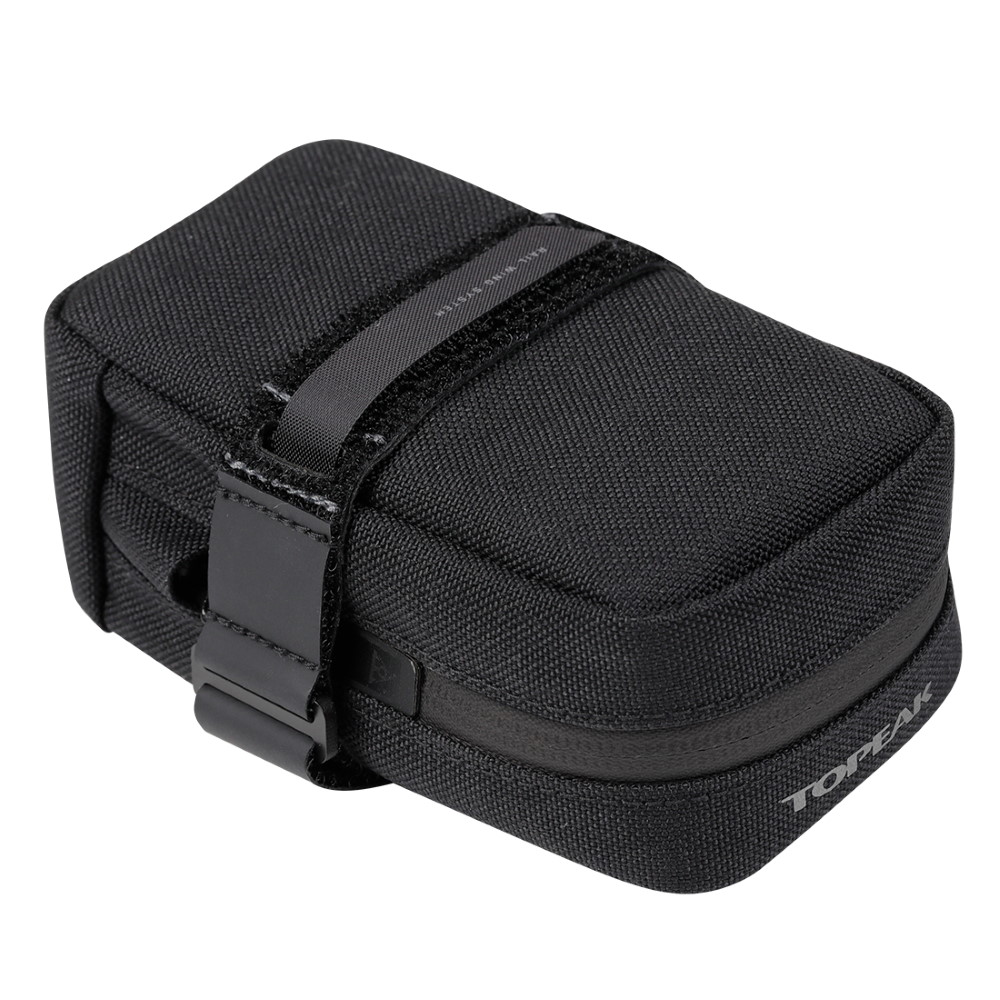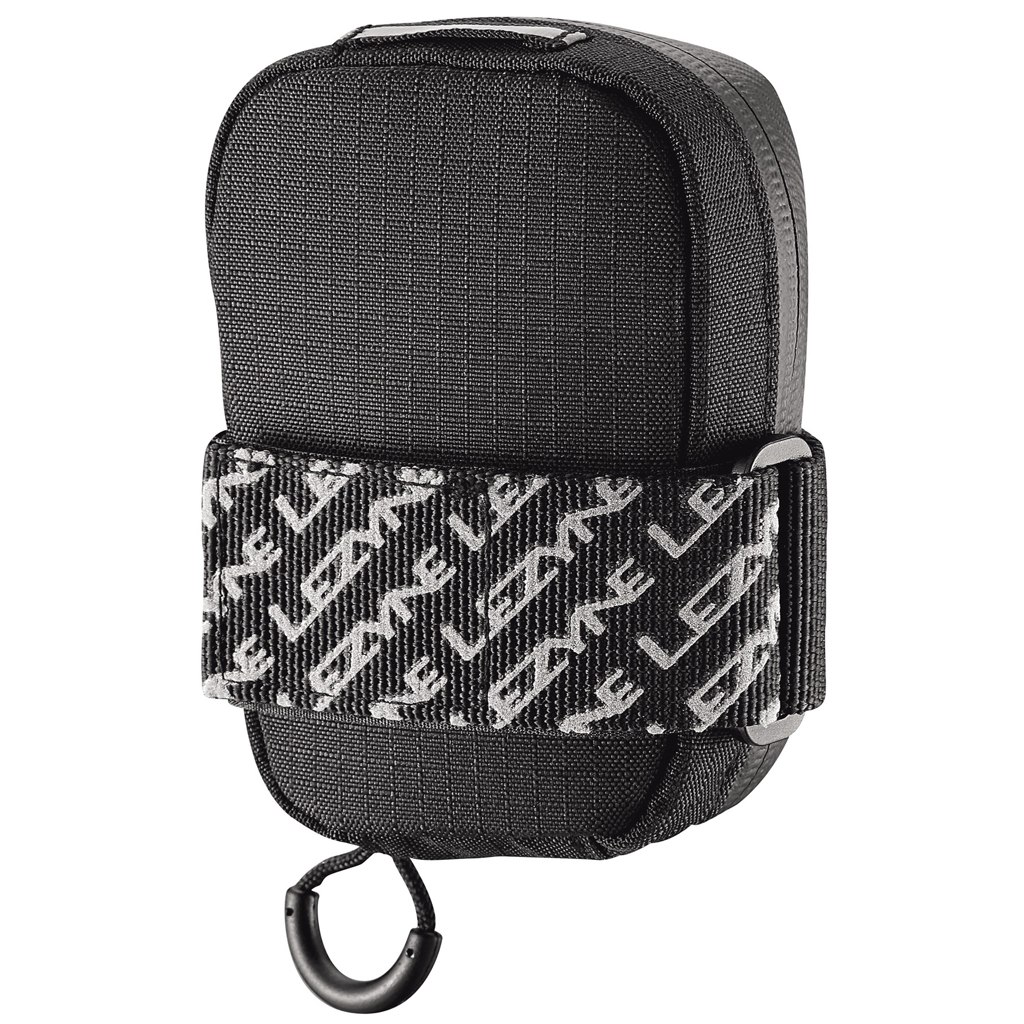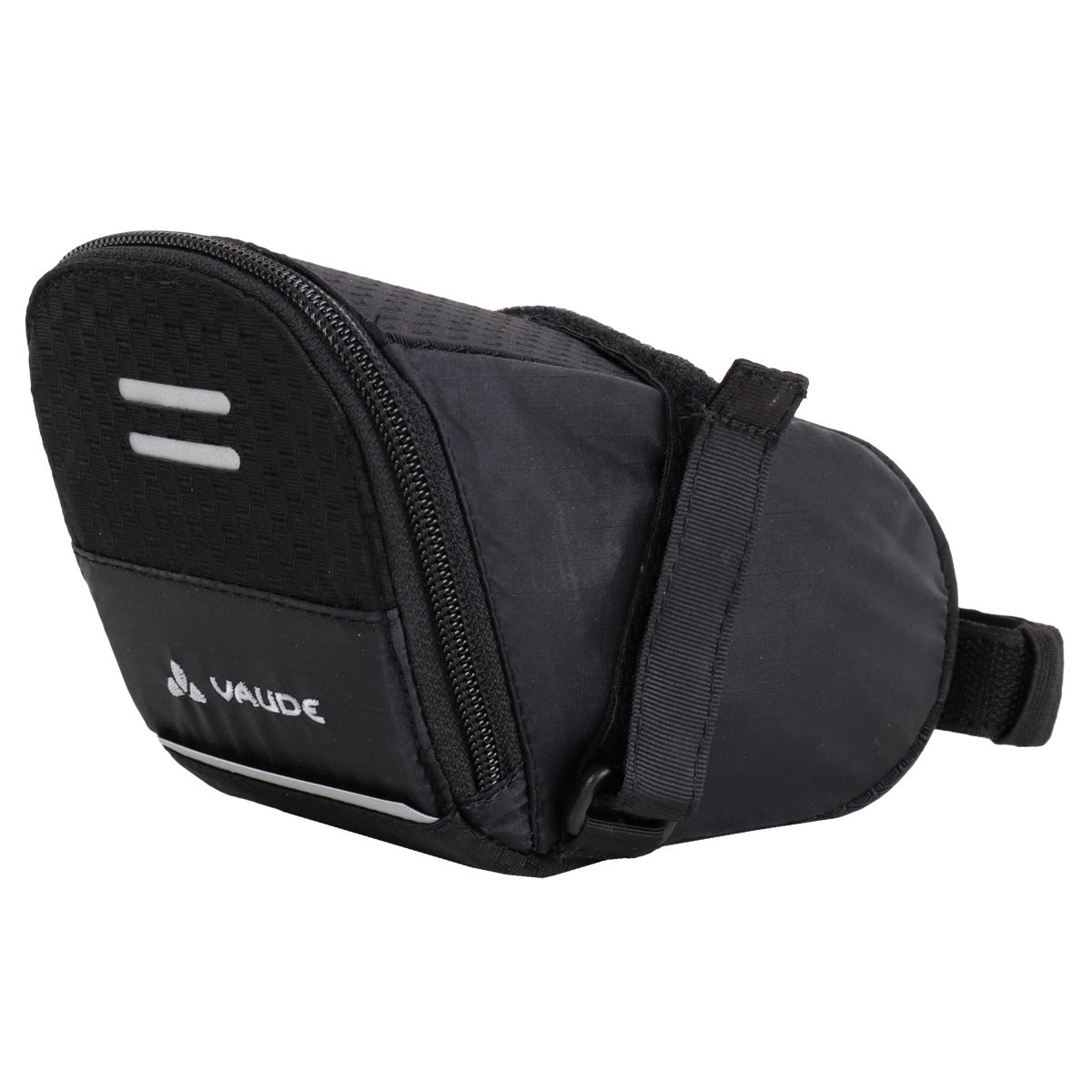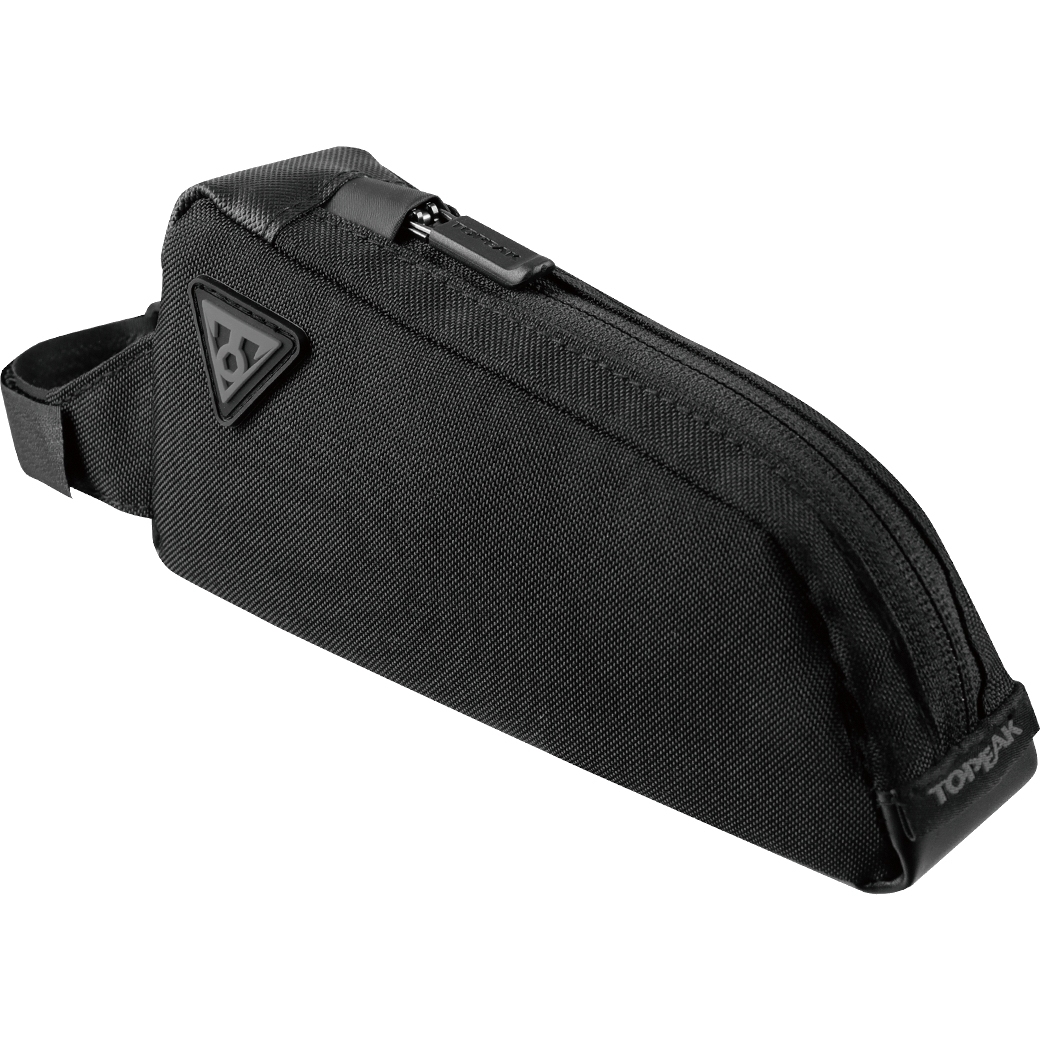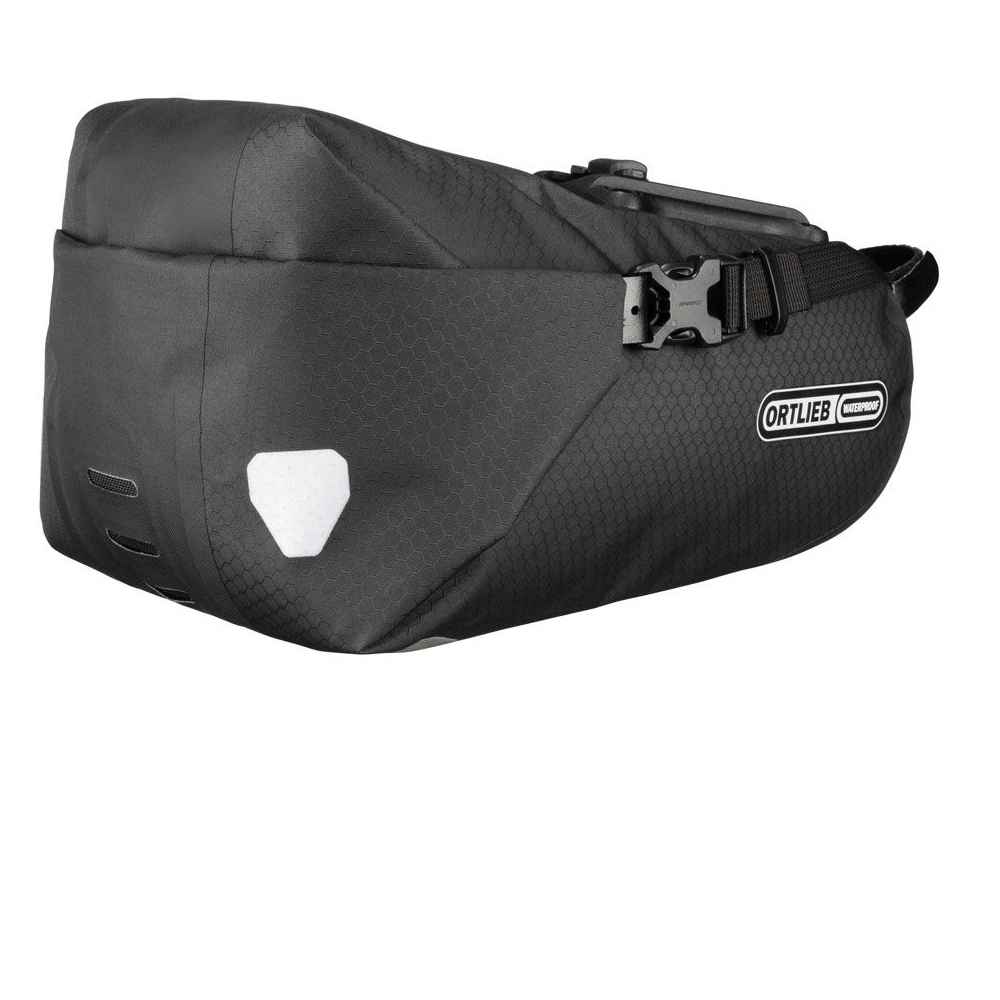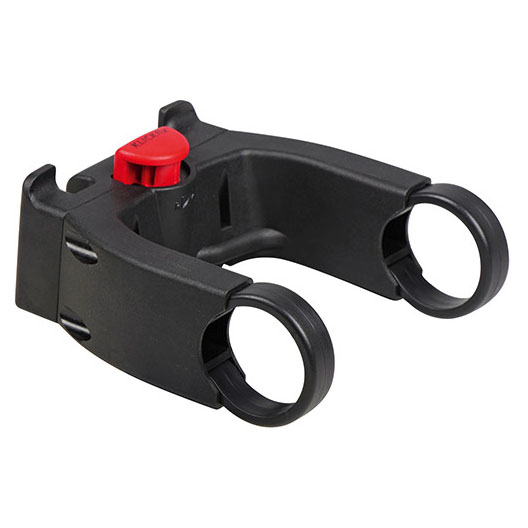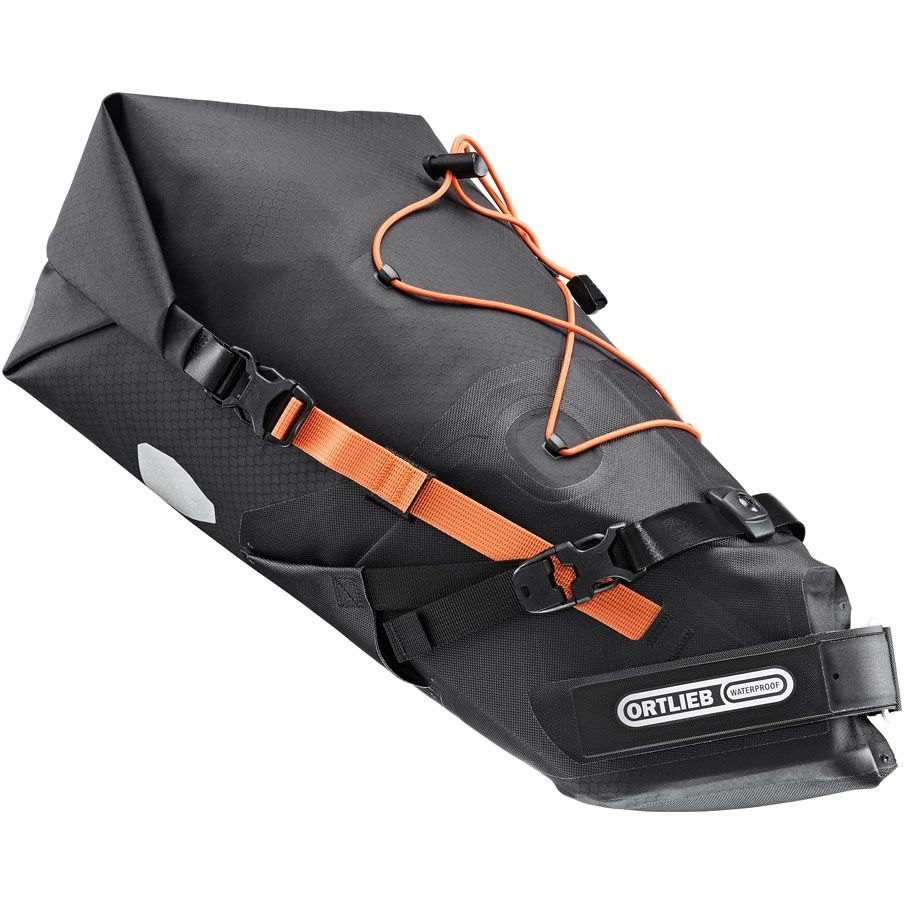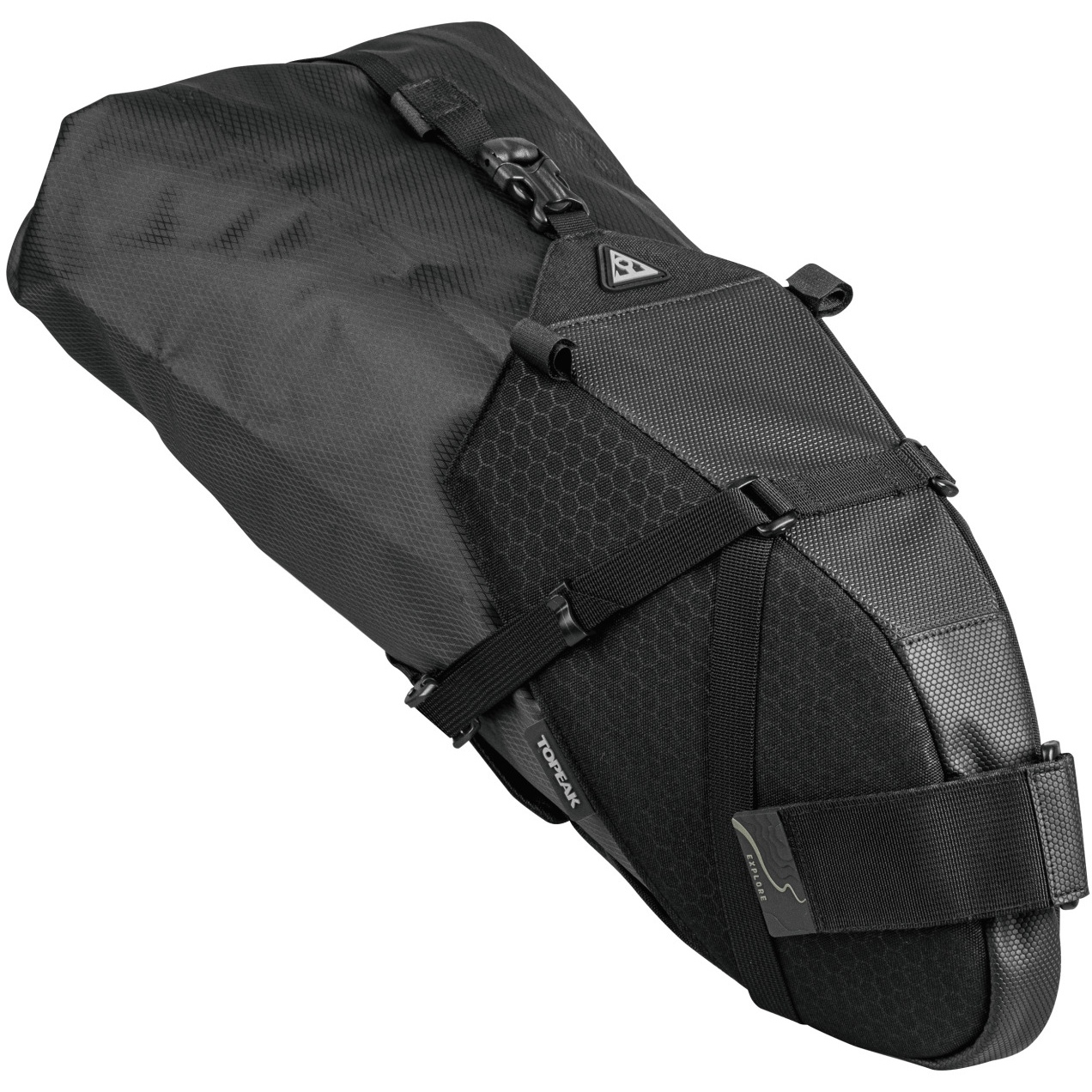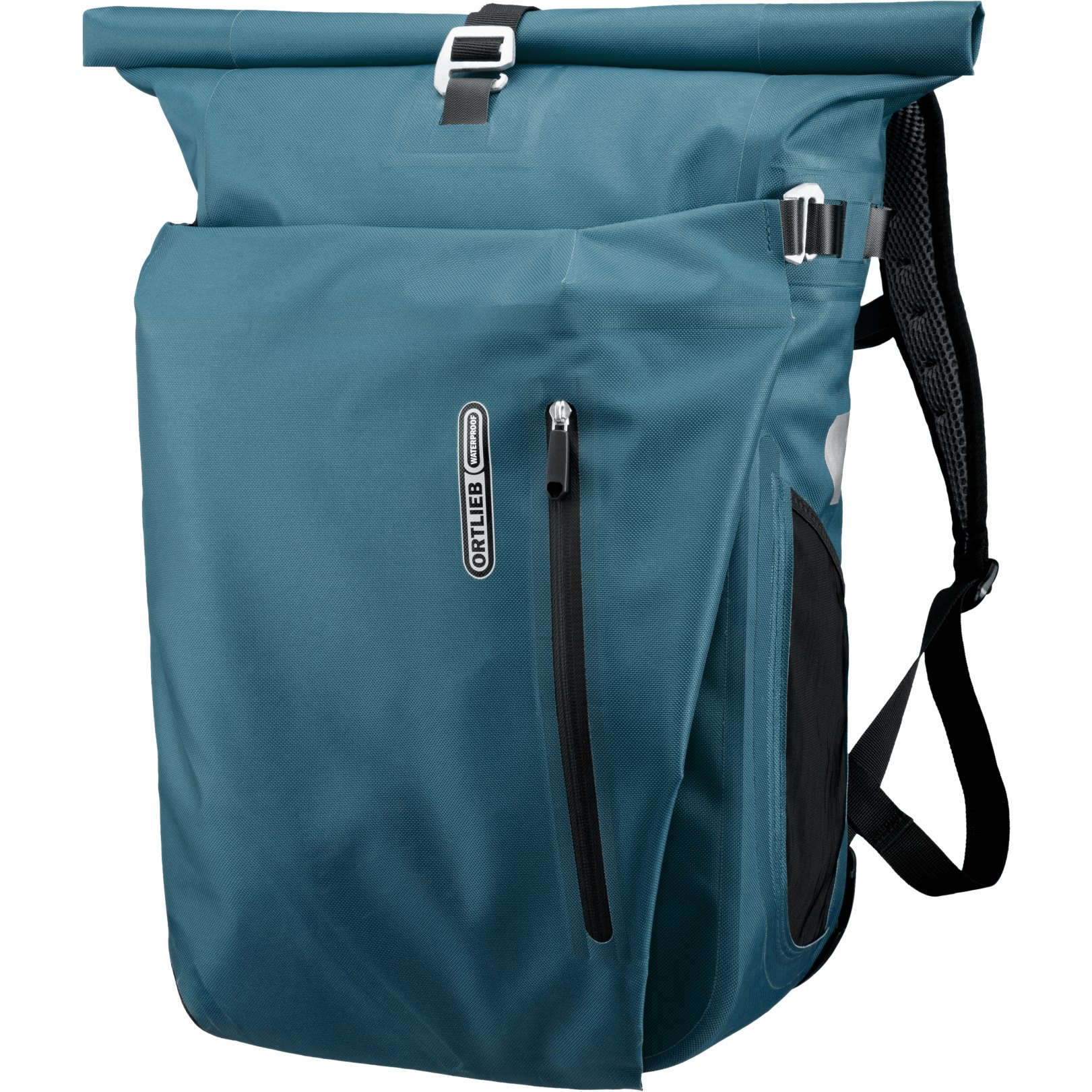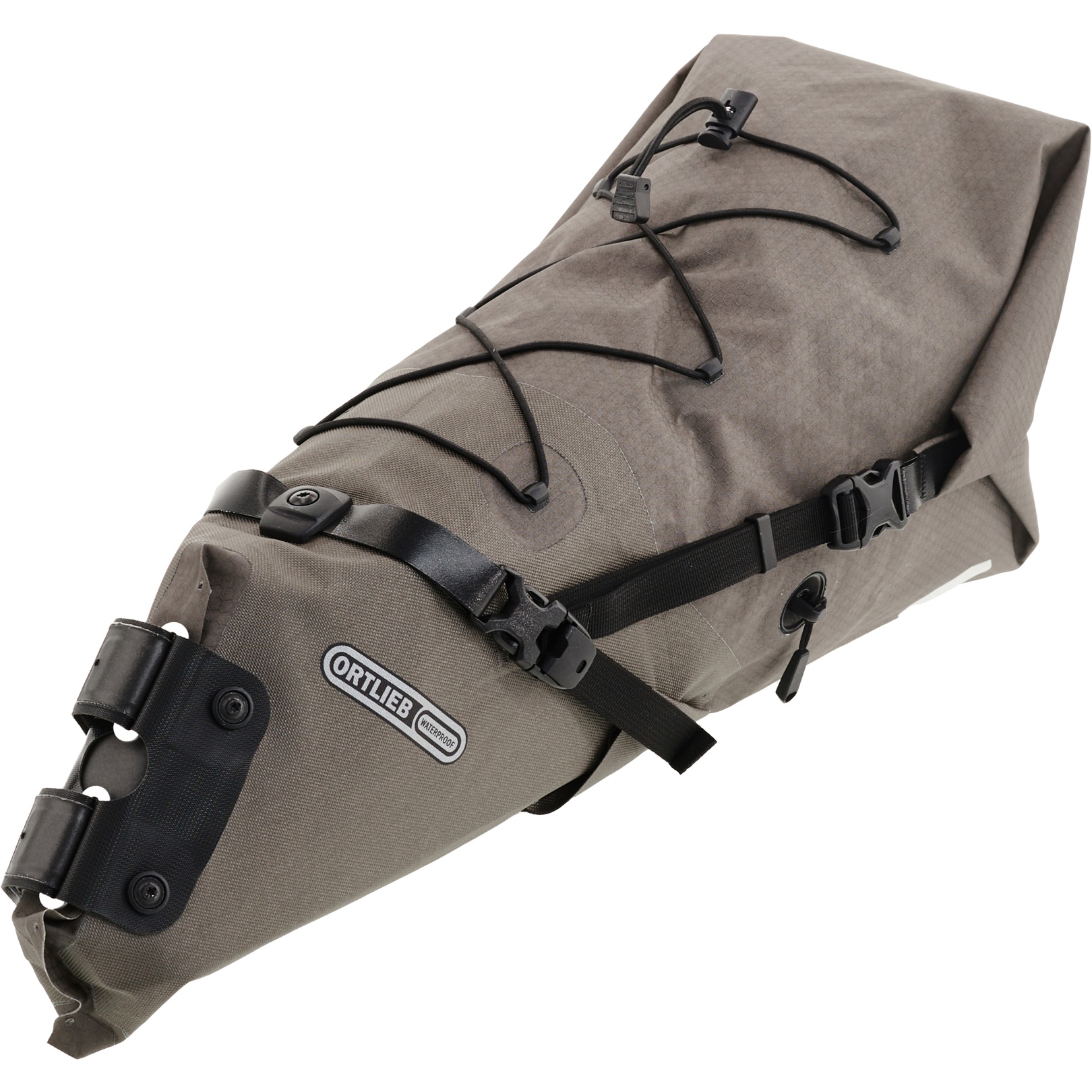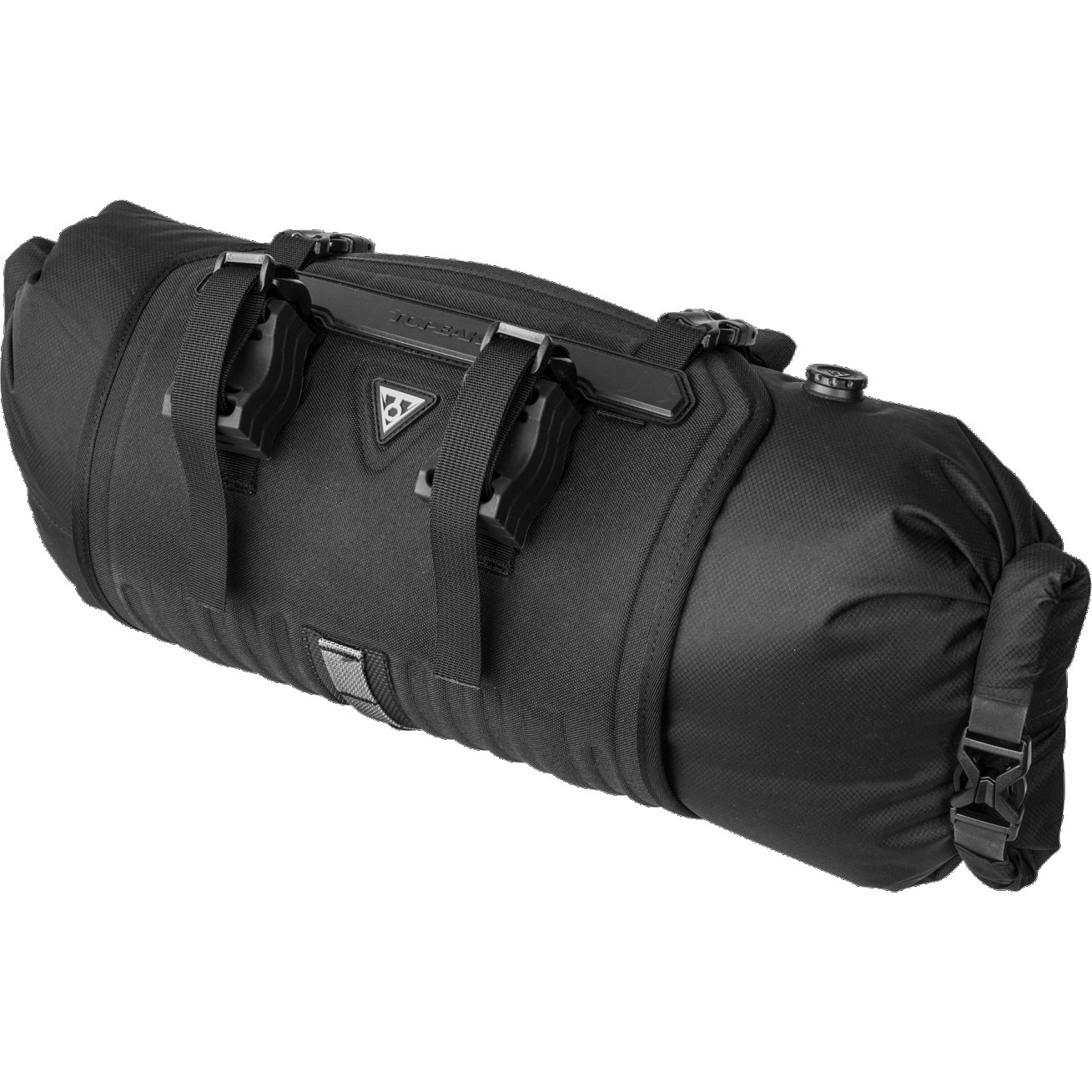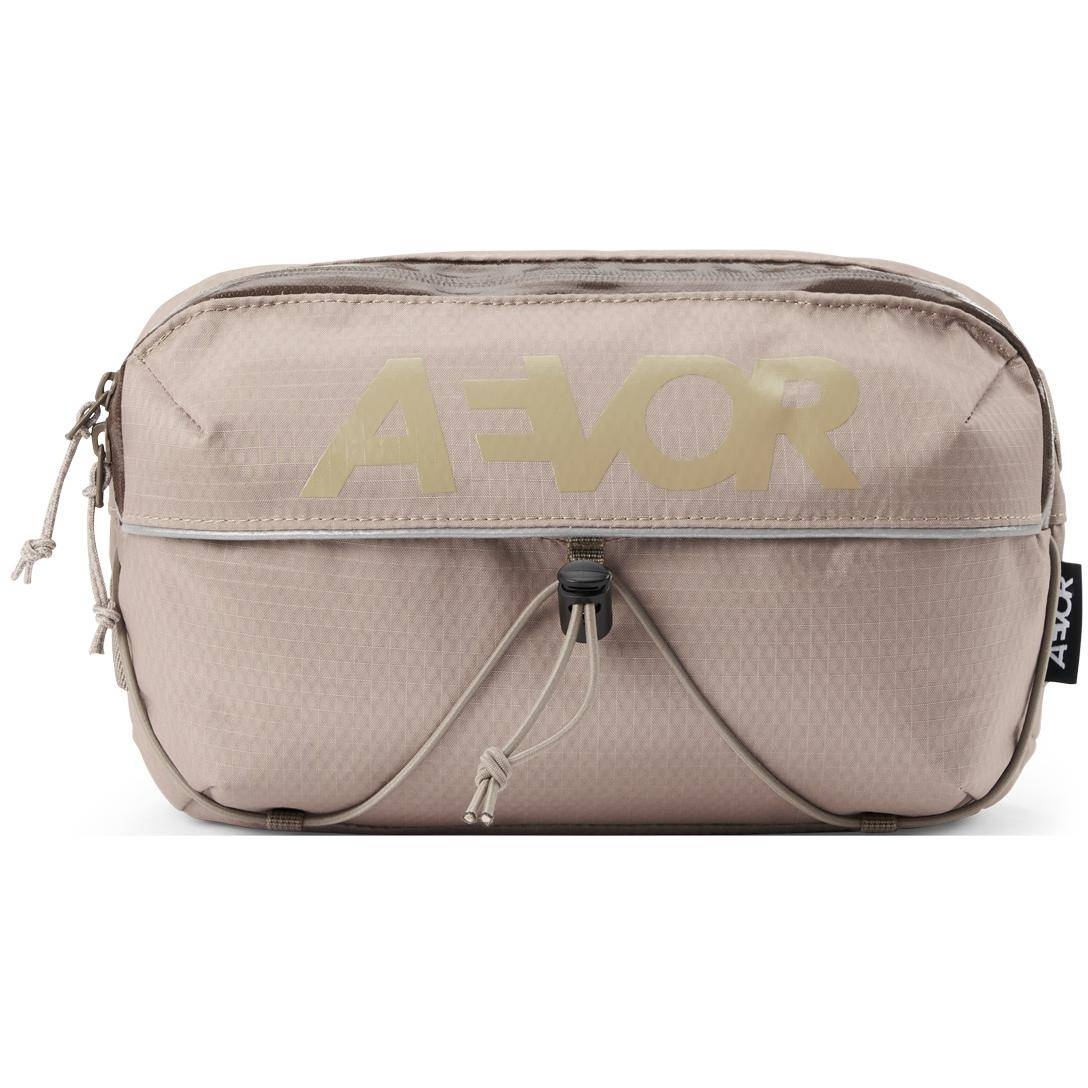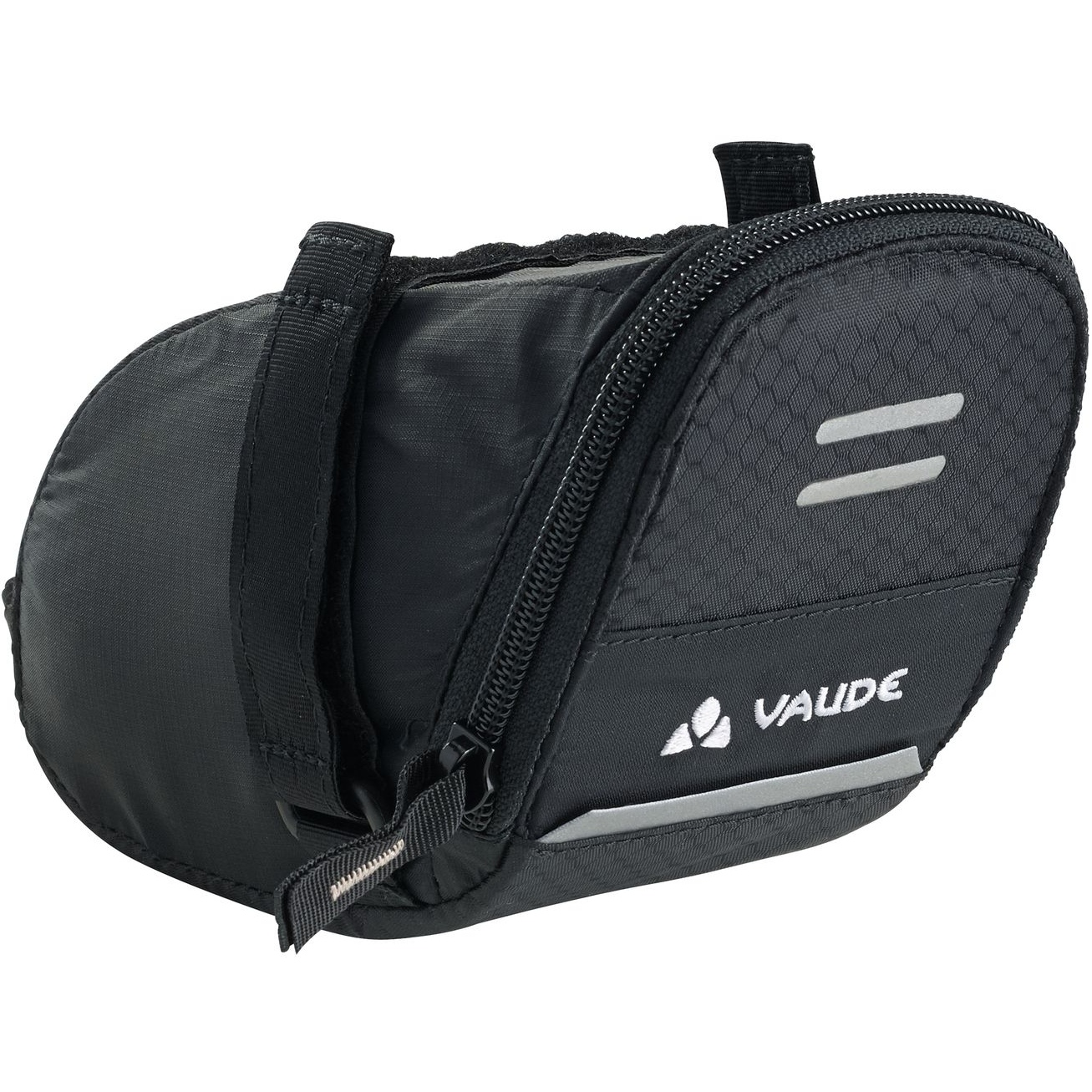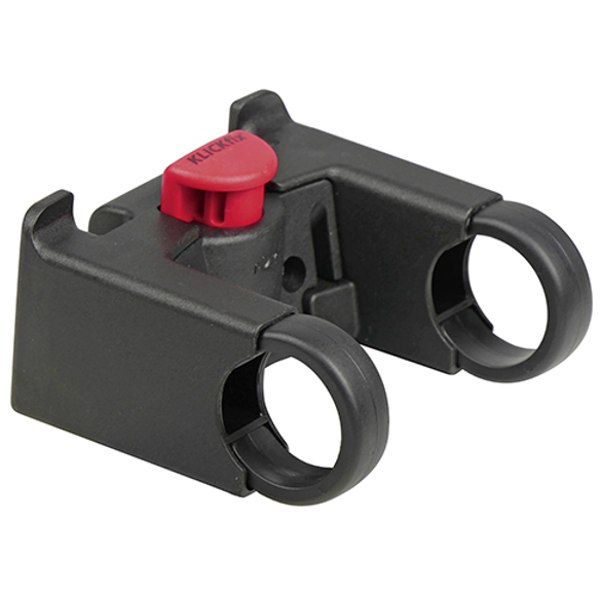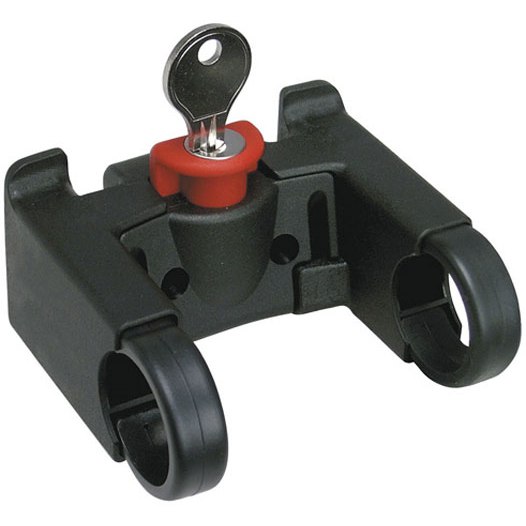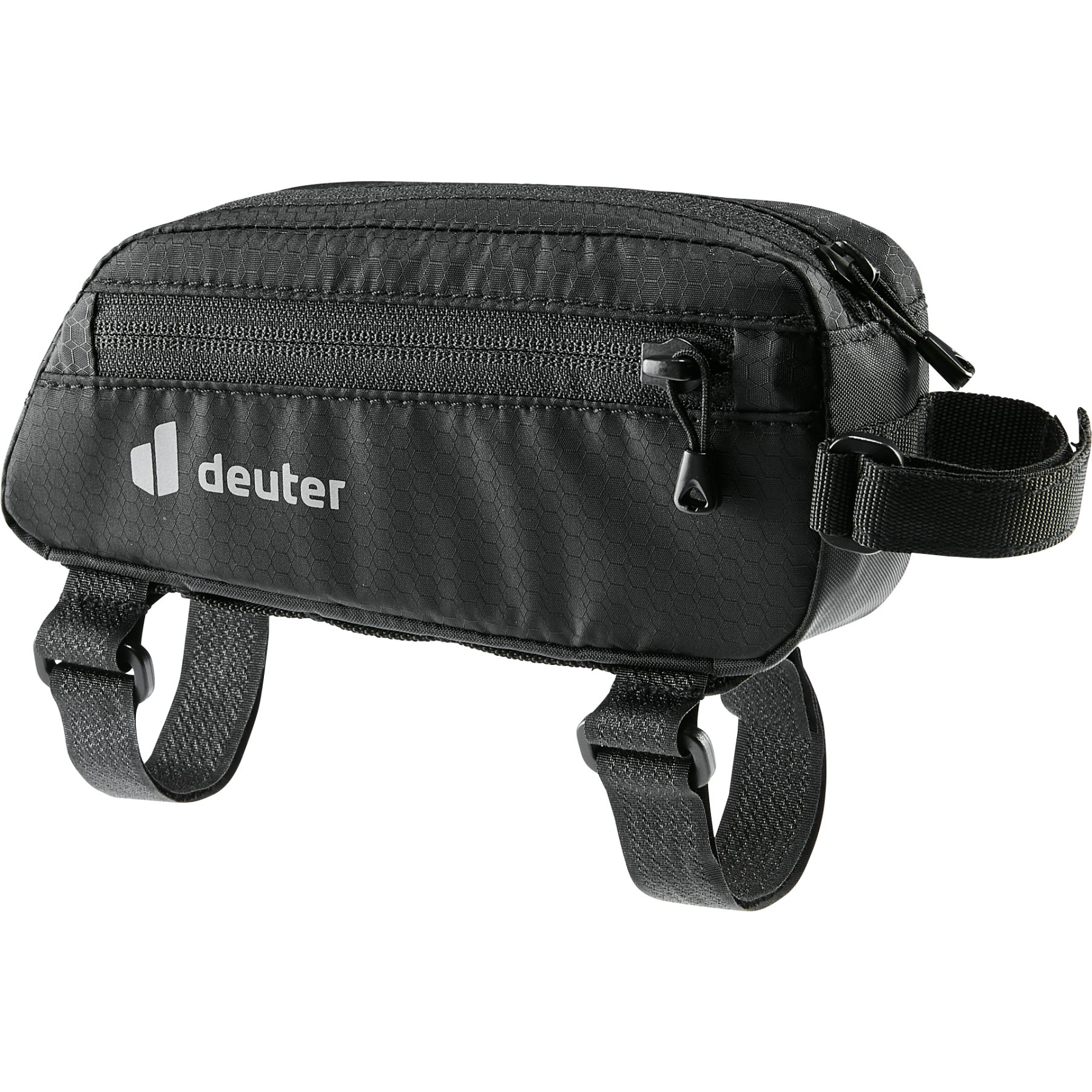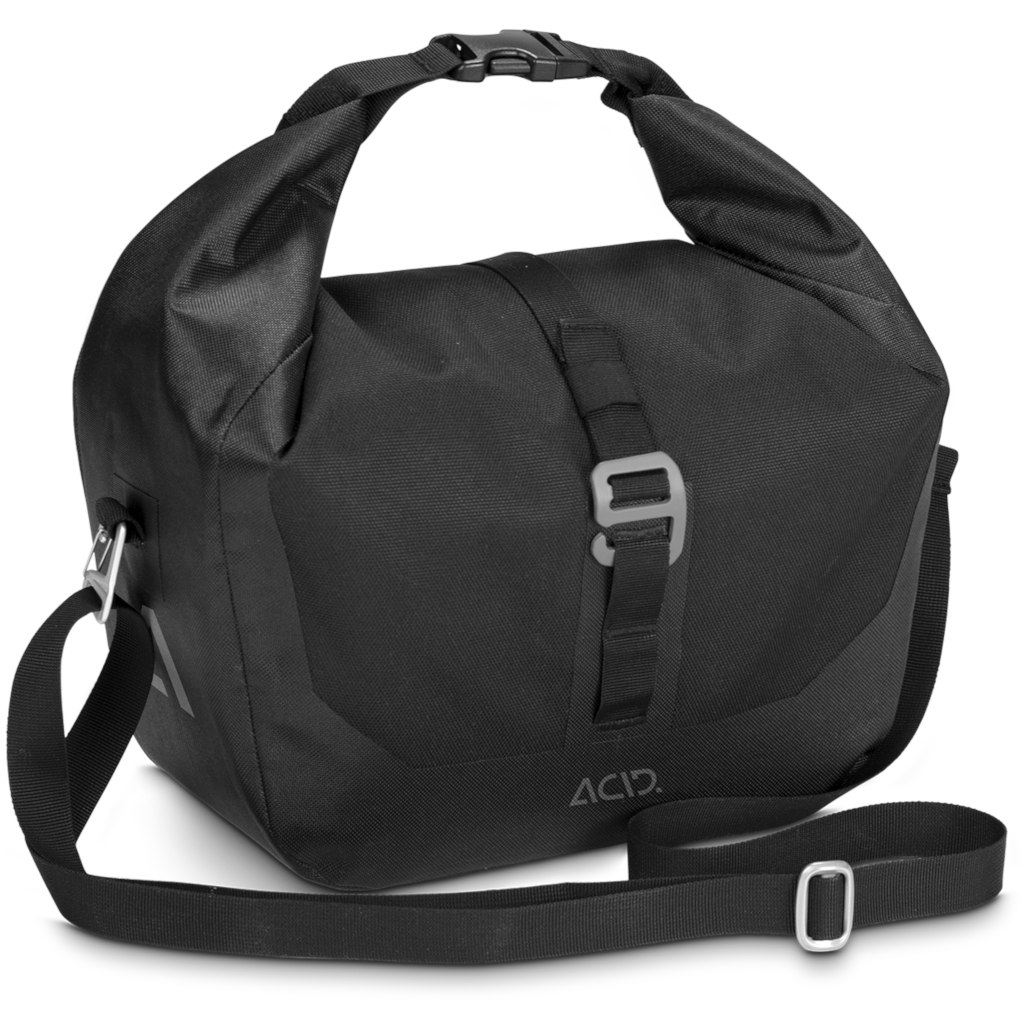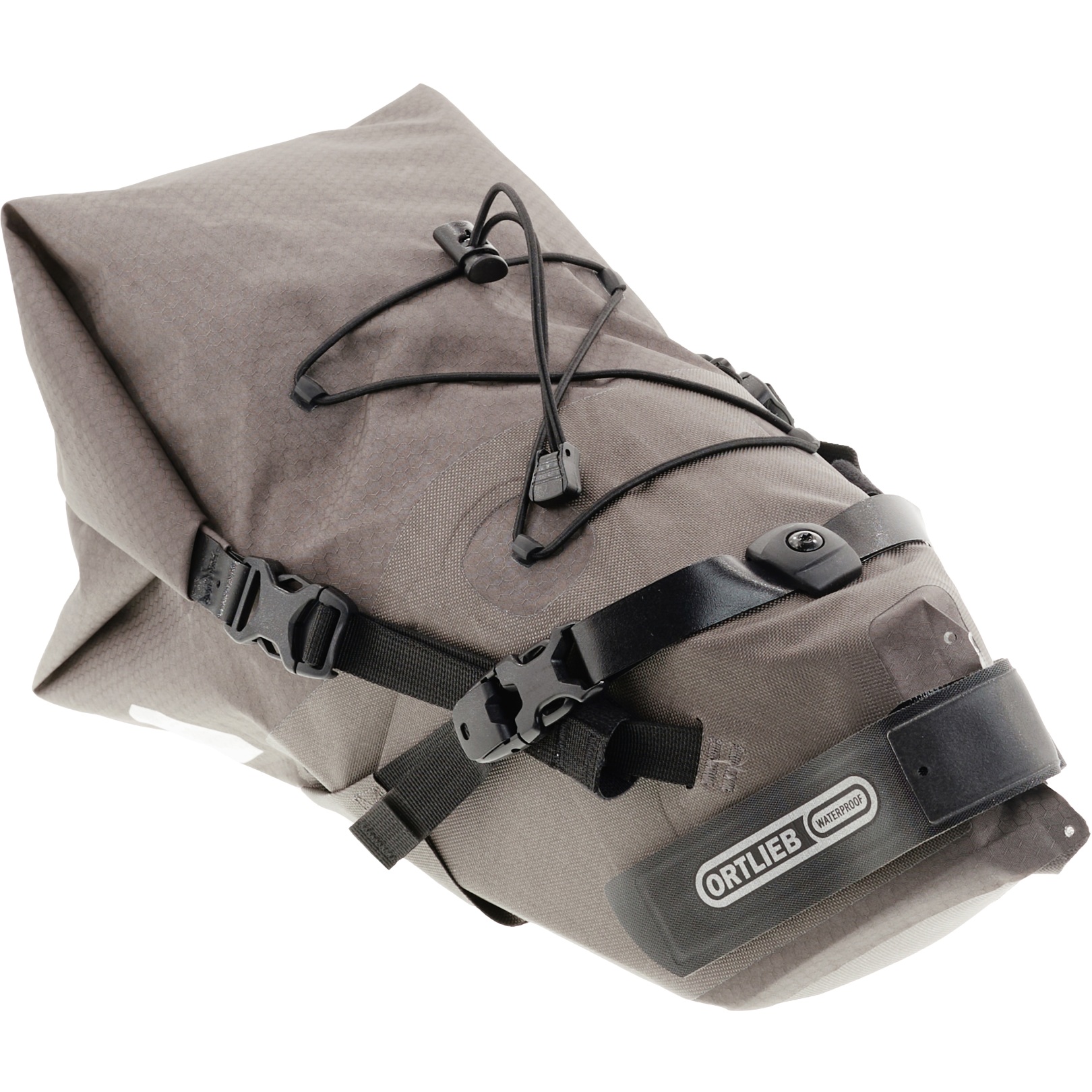- Home
- Cycling
- Bike Accessories
- Bicycle Bags
Bike Bags – The Perfect Solution for Everyday Riding, Bikepacking and Cycling Holidays
It goes without saying that cycling is a wonderful way of getting around, and bicycles are great for carrying your stuff along with you too. Your groceries can be stowed away in a bicycle pannier and on bike tours, special bike bags such as frame and handlebar bags ensure that you always have your essentials with you. Read on to find out the options available to you for carrying your belongings on your bike. Read more
How Bicycle Bags Can Transform Your Bike into the World Transport Champion
Ever wanted to just hop on your bike and head out on a long ride? Just following your nose and seeing where it leads you? What an idea! This yearning for long days in the saddle, for adventure and nature is probably something most cyclists will experience. And turning that dream into an actual cycling reality isn't even that hard to do: A bike, some luggage and a rough plan, and you're ready to go. It makes no difference whether you’re heading out on a long cycling tour along the river or a bikepacking adventure — the principle is always the same: you need to attach your luggage to your bike using bicycle bags — and your trip can get underway.
But bicycle bags don’t just come into their own on a holiday or tour by any means. Bike bags specifically designed for commuters are the perfect bicycle accessories for carrying a change of clothing, computer or important documents to work with you, keeping them safe and protected from the weather conditions. And if you go shopping by bike, large panniers can provide you with enough space to store an entire week's worth of groceries. All bags have one thing in common: they are much more comfortable to cycle with than a backpack on your back. Thanks to the waterproof materials they’re made from, most bicycle bags protect their contents better than open baskets or boxes. And when it comes to how much they can hold, they’re streets ahead of even large bicycle baskets.
Bicycle Bags: An Overview
There are a variety of bicycle bags out there. If you're looking for an alternative solution for transporting your belongings on a bike, other than a backpack, you'll find yourself in front of a practically endless selection of different bike bags. This brief list should help you to get an initial overview of the most common bicycle bags out there and what they’re usually used for. We’ve put it together as a rough guide for you, since most bicycle bags are available in different sizes and everyone has different requirements when it comes to luggage.
- Small saddlebag: perfect for spare equipment for training and touring. Most saddlebags have enough space for one or two spare tubes, tire levers, and a mini tool.
- Top tube bag: mounted on your bike’s top tube. Ideal for food, your camera and mobile phone. It is primarily used for bikepacking, training or triathlon.
- Handlebar bag: hangs on the front of the handlebars. This bag is used primarily on bikepacking adventures. It typically has space for a sleeping bag or spare clothing.
- Frame bags: also mainly used for bikepacking and touring. Frame bags make good use of the space within the frame triangle to create additional storage space.
- Fork bags: attached to the side of the fork with a bracket. Serve as an addition to your bikepacking or touring setup. Owing to the static nature of most bicycle forks, these bags are primarily designed for lighter luggage.
- Large saddlebag: the bigger siblings of the classic saddle bag. They offer enough storage space to transport a small tent, for example, and are therefore also popular for bikepacking. Some people like to cheekily refer to them as “arse rockets” because of how they look.
- Side panniers: hung on the pannier rack — at both the front and back. Panniers offer a huge amount of storage space and are therefore the standard setup for longer bike tours, but they are also often used on a day-to-day basis, for commuting or shopping, for example.
- Messenger bags and satchels: these are not your classic bicycle bags, but they are carried by many commuter cyclists and can be used both on and off the saddle.
- Bum bags and hydration belts: worn on the body. Bum bags and hydration belts are primarily used for triathlon and come in handy for storing food.
Finding the Right Bicycle Bag for You
Saddle, handlebar or frame bag, or even a set of large panniers? The storage space you need primarily depends on the type of trip you’re going on and how long it will be. You should, however, also consider the kind of bike you have when thinking about what bags to buy: are there mounting devices attached to the seat stays and forks, for example? Frame size and handlebar width also play a role. Finally, you should think about whether you want your bicycle bags to be a permanent fixture, or whether you want to be able to quickly pop them on for occasional use as needed.
Top Tube and Saddle Bags – The Bike Bags for Training and Competitions
A repair kit and some tools are a must for long trips. If you don't fancy stuffing things into your jersey pockets, then a small saddlebag is ideal for carrying the usual spare parts. These bags are quick and easy to attach under the saddle using Velcro and offer enough space to keep your essentials with you on the go.
For trips lasting several hours, it is essential to have enough food with you. Bars, gels, bananas and more are great for storing in small handlebar or top tube bags for easy access, even while cycling. Depending on the model, these bike bags may even have space for a rain jacket, arm warmers and headband in case it gets cold. Both solutions are quite slim and practical enough to be used in competitions, such as cycling marathons.
Bikepacking Bags – The Bicycle Bags for Short Trips
If you’ve got an overnighter coming up, you’ll probably want to pack a small change of clothing and your essential hygiene items, as well as a normal pair of shoes. To this end, a larger handlebar bag plus a frame or saddle bag is ideal. All three variants can be quickly attached using Velcro. The latter, in particular, is available in many different sizes with a volume of up to 16 litres. However, the larger your saddlebag, the more important it becomes to pack correctly, otherwise your bike bag will swing behind you like a wild cow's tail as soon as you ride out of the saddle.
When it comes to handlebar and frame bags, you should make sure they match the dimensions of your bike: road bike handlebars have a very limited width and there is often only a small distance between the top of the handlebars and wheel, depending on the geometry. Especially with small frame sizes, it is also worthwhile making sure that, if you’ve found a frame bag you like, it really fits into your bike’s triangle.
Having a complete set of frame, handlebar and saddle bag gives you a total storage space of almost 30 litres and weighs in at just over one kilogram when empty. This means that you’ll be well equipped for all your road bike adventures, and without much extra weight.
Panniers – The Big Bike Bags for Longer Trips
If you want to head off on a solo adventure for several days and bring cooking equipment, a tent, sleeping bag and mat with you on your bike, you can hardly avoid using a rack with proper bicycle panniers. This is also where the kind of bike you have comes into play: touring bikes and also some gravel bikes have extra brackets on the seat stays so you can easily attach a pannier rack and bags. Brackets for fork bags on the outer sides of the fork are also common on bikes designed for touring purposes. A single pannier alone has a volume of just over 20 litres, and in combination with a second side pannier and larger handlebar and fork bags, it is easy to get around 80 litres of storage space.
It’s clear that such a heavy load is not suitable for carrying on a modern road bike, which usually has a weight limit of around 110 to 130 kilograms. The sporty geometry, slim racing handlebars and delicate lightweight construction are simply not designed for heavy-duty touring use with large panniers. When it comes to trekking or special touring e-bikes, on the other hand, things are different. Therefore, be sure to find out what weight limit your bike can handle before heading off on your cycling trip.
Important Criteria When Choosing Your Bike Bag
One thing to bear in mind right from the start: there is no such thing as the “perfect bag”. Every bicycle bag is, in a sense, a compromise between storage space, weight and usage. With the advice outlined above, you should be able to narrow down some of the best bike bag types for your purposes. So now it's time to find a specific model. But what should you pay attention to when comparing models? We’ve created a checklist below to help you choose your bike bag(s):
- What do you primarily want to use your bike bag(s) for? Are they for using in everyday life or on tours and holidays?
- Which bike do you want to mount your bags on? Is it, for example, a gravel or a trekking bike?
- Does the bag fit the dimensions of your bike or rack?
- What features should your bicycle bags have? Are you looking for a solution that is as lightweight as possible? Or do you need a particularly large amount of storage space?
- What about a waterproof bike bag - what weather conditions will you be traveling in? Waterproof bike bags have the advantage that you don't have to worry about wet belongings when you're out and about.
- How intuitive and practical should the bags be to use? Is it important for you to be able to quickly access what you need? This plays a key role in sports and races.
- Should the bag have other special features, such as a transparent window for a map?
- Do you want to be able to remove the bag(s) easily? This may be particularly important when it comes to bags for commuting or grocery shopping.
Tips and Tricks for Using Bike Bags
Once you've found your personal favourite, nothing will stand in your way of adventure. To make sure you have fun with your new-found cycling freedom right from the get-go, take note of the following tips so nothing can go wrong:
- Attachment: avoid damaging the paint on your bike by paying attention to areas of friction between the bag and frame. Especially bags which are only attached to the bike with Velcro tend to leave scratches and paint marks behind. Top tip: some tape is good for protecting the places where you’ve attached the bags.
- Packing: staying minimal is the order of the day when packing. Not only do you have to painfully drag every extra gram up every single climb, but unnecessary objects also take up valuable storage space that you need for your essentials. What’s more, make sure that you place heavy objects as close as possible to the point where the bag is attached to the bike so as to stop the bag from swaying or jumping unnecessarily.
- Testing it out: before you go on your first long trip, be sure to test your new setup out. Doing a test pack and ride beforehand will quickly reveal any potential equipment problems and weak points. This will save you valuable time and stop you worrying during your actual trip.
- Staying secure: if you occasionally have to take your eyes off your bike to go shopping, for example, you should consider using an additional anti-theft device for your bags. Depending on the type of bag, a slim cable with a padlock may be a good solution so that you can quickly run a few errands.
- Keeping things in place: if your routes take you over rough terrain or you’re planning to ride some trails, rubber straps can be worthwhile to keep your luggage in place. These additional straps provide security and stability when riding over bumpy ground, so your luggage will stay where it belongs and you can enjoy your new-found cycling freedom to the full.
Shop Bike Bags at BIKE24
Bicycle bags have become a great alternative to baskets for making it possible for cyclists to transport their belongings with them. There are bicycle bags available for every purpose – from everyday use to sport and races. The right bicycle bag for you depends on your needs, on the one hand, and on the technical requirements of your bike on the other. In any case, our range of bicycle bags is vast so you’ll find something to suit you, regardless of whether you're planning a cycling tour around the world or simply looking for help for your trips to the supermarket.
